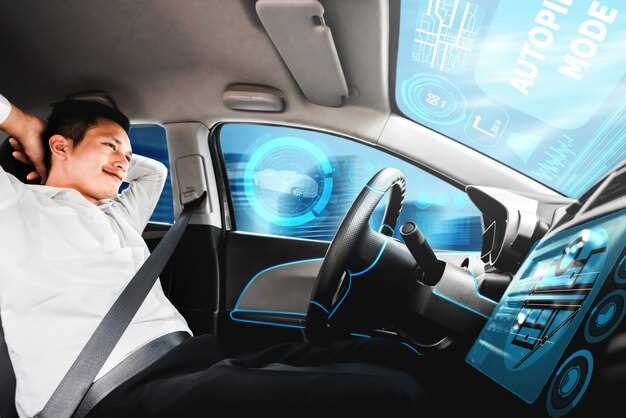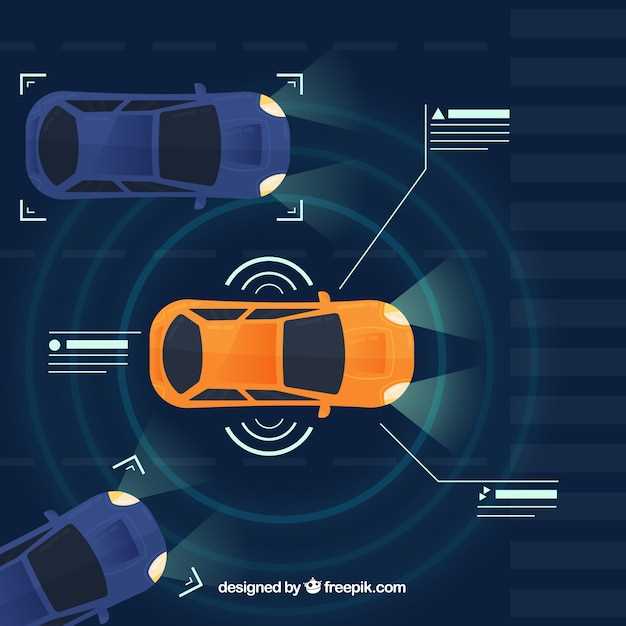
The automotive industry has seen a remarkable transformation in recent years, primarily driven by advancements in safety technology. As the number of vehicles on the road continues to increase, the demand for car safety has become more critical than ever. Innovations in this field are not only aimed at reducing accidents but also at enhancing the overall driving experience for all road users.
New safety technologies, such as Advanced Driver-Assistance Systems (ADAS), are designed to prevent potential collisions and mitigate the severity of accidents. These systems employ a combination of sensors, cameras, and artificial intelligence to monitor the vehicle’s surroundings and assist drivers in making safer decisions. By integrating such advanced safety features, automotive manufacturers are providing drivers with peace of mind and significantly reducing the risk of severe injuries.
Moreover, the incorporation of features like automatic emergency braking, adaptive cruise control, and lane departure warnings exemplifies the ongoing commitment to road safety. As technology continues to evolve, the future of car safety looks promising, with continuous updates and enhancements aimed at protecting not only drivers but all participants in the traffic ecosystem.
Advanced Driver Assistance Systems (ADAS) and Their Impact on Accident Prevention

Advanced Driver Assistance Systems (ADAS) represent a significant leap in automotive safety technology, aimed at enhancing the driving experience and preventing accidents. These systems utilize a combination of sensors, cameras, and artificial intelligence to provide features that actively assist drivers in various situations on the road.
One of the core technologies in ADAS is the use of radar and LiDAR, which help in monitoring the vehicle’s surroundings. These components work cohesively to detect obstacles, pedestrians, and other vehicles, enabling features like Automatic Emergency Braking (AEB) and Adaptive Cruise Control (ACC). By automatically adjusting speed or applying brakes when a potential collision is detected, these systems significantly reduce the likelihood of accidents.
In addition to collision avoidance, ADAS includes features such as Lane Keeping Assist and Blind Spot Monitoring, which help drivers maintain proper vehicle positioning and increase awareness of their surroundings. These technologies address common causes of accidents, such as lane drift and blind spot incidents, by providing timely warnings or corrective actions. As a result, the integration of these features can lead to safer driving environments.
Furthermore, the data collected by ADAS can contribute to broader safety analyses and improvements. By studying driving patterns and accident causes, manufacturers can refine their safety technologies and better inform drivers about potential risks. This continuous evolution of technology ensures that the automotive industry is always working towards minimizing accidents and enhancing road safety.
In conclusion, Advanced Driver Assistance Systems are at the forefront of automotive safety innovations. By incorporating advanced technologies and intuitive features into cars, ADAS plays a crucial role in accident prevention, making modern driving experiences safer for everyone on the road.
The Role of Autonomous Driving Features in Enhancing Vehicle Safety

Autonomous driving features represent a significant advancement in automotive technology, fundamentally transforming vehicle safety standards. These features utilize advanced sensors, cameras, and artificial intelligence to monitor the driving environment and make real-time decisions, significantly reducing the risk of accidents.
One of the key safety features of autonomous driving is the implementation of adaptive cruise control, which maintains a safe distance from other vehicles. This technology not only enhances comfort but also diminishes the likelihood of collisions caused by human error, such as tailgating or sudden braking.
Additionally, lane-keeping assistance systems help prevent unintentional lane departures. By alerting drivers and providing corrective steering inputs, this feature reduces the chances of accidents related to distraction or drowsiness, thus contributing to overall road safety.
Furthermore, automatic emergency braking systems detect potential collisions and apply brakes autonomously if the driver fails to respond in time. This proactive safety technology can mitigate the severity of accidents or potentially avoid them altogether, marking a considerable leap forward in collision prevention.
The integration of these autonomous driving features fosters not only a safer driving experience but also serves as a foundation for future innovations in transportation. As the technology continues to evolve, its potential to enhance vehicle safety becomes increasingly profound, promising a safer future on the roads.
Integration of Connected Car Technologies for Real-Time Safety Monitoring
The integration of connected car technologies has revolutionized automotive safety by enabling real-time monitoring of various safety parameters. These advanced features rely on a network of sensors, communication systems, and data analytics to enhance vehicle performance and passenger security.
One of the most significant advantages of connected car technology is its ability to gather data from the vehicle’s surroundings in real-time. This includes detecting potential hazards such as road conditions, obstacles, and nearby vehicles. By processing this information, the safety features can alert drivers to potential dangers ahead, allowing for timely reaction and prevention of accidents.
Additionally, connected vehicles can communicate with each other, exchanging crucial safety information that can improve situational awareness. For example, a car experiencing brake failure can instantly notify nearby vehicles, prompting them to adjust their speed and maintain safe distances. This level of interconnectivity greatly enhances overall safety on the road.
The implementation of these technologies also facilitates advanced driver assistance systems (ADAS), which include features such as automatic emergency braking, lane-keeping assistance, and adaptive cruise control. By utilizing real-time data, these systems can make precise decisions that reduce the risk of collisions and improve driver confidence.
Furthermore, connected cars offer the ability to continuously update and improve their safety features through over-the-air software updates. This flexibility ensures that vehicles remain equipped with the latest safety technology and algorithms, adapting to new threats and enhancing their protective capabilities.
In summary, the integration of connected car technologies for real-time safety monitoring represents a significant leap forward in automotive safety. Through effective use of communication, data analysis, and advanced safety features, these technologies enhance the driving experience and protect lives on the road.






